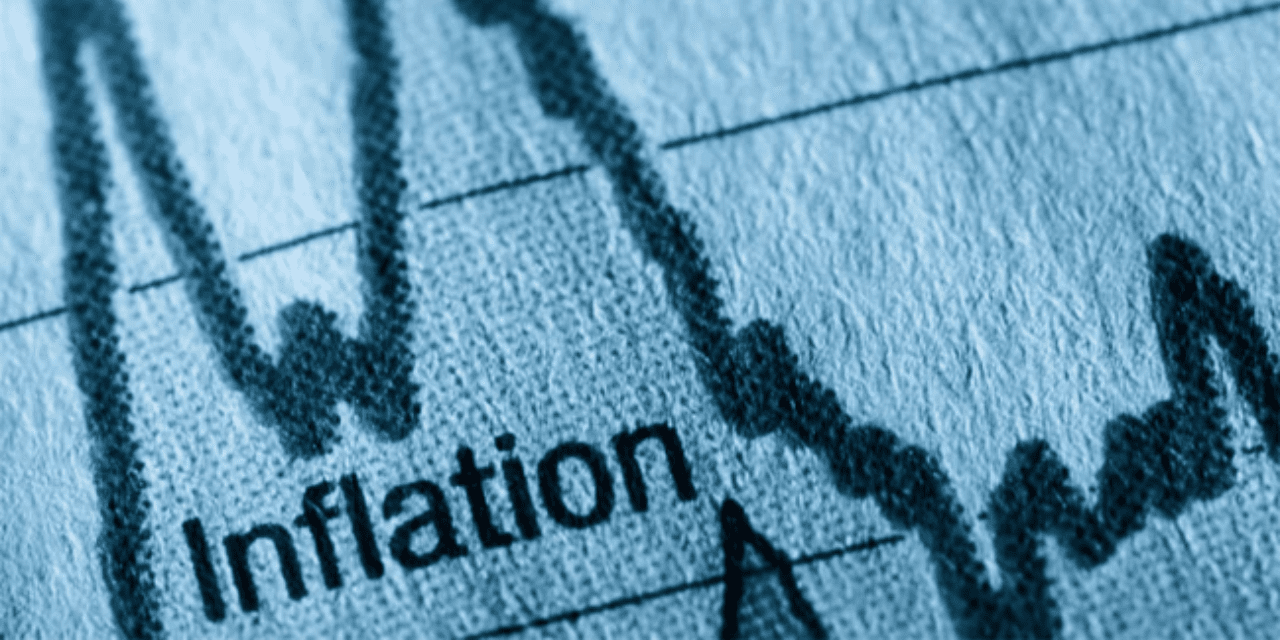The Consumer Price Index (CPI) inflation saw a sharper-than-expected decline, reaching 3.6% in February 2025—the lowest level in the past seven months. This moderation was largely driven by a sustained decline in food and beverage inflation. However, core inflation recorded a slight increase to 4%, up from 3.8% in the previous month.
Food Prices Ease, Supporting Lower Inflation
Inflation in the food and beverages category dropped to 3.8% in February, the lowest since May 2023. Notably, vegetable prices slipped into deflation at -1.1%, reversing the high inflation trend seen in previous months. Additionally, pulses prices also saw a decline, registering deflation at -0.4%, compared to 2.6% inflation last month.
However, the moderation in overall food inflation was somewhat limited due to continued double-digit inflation in:
- Edible oils: 16.4%
- Fruits: 14.8%
Encouragingly, agricultural production is projected to reach record levels in 2024-25, according to the Second Advance Estimates. The arrival of fresh Rabi harvests and adequate reservoir levels are expected to keep food inflation in check. However, rising edible oil prices remain a concern, driven by reduced oilseed sowing, increased global prices, and a high dependency on imports. Additionally, weather-related uncertainties could pose a risk to future food inflation trends.
Global Commodity Prices Under Pressure from Rising Metal Prices
On the commodities front, while Brent crude oil prices remain lower compared to a year ago, industrial metal prices surged in February. The Bloomberg Commodity Price Index reversed its six-month deflationary trend, rising 9.2% in February compared to 4.1% in January. The Bloomberg Industrial Metal Prices Index also saw an 8.5% increase, adding upward pressure on commodity prices.


Looking ahead, global commodity prices will remain a key factor to monitor, given uncertainties in global trade policies and geopolitical tensions. However, a stable core inflation rate provides some reassurance against major inflationary risks.

